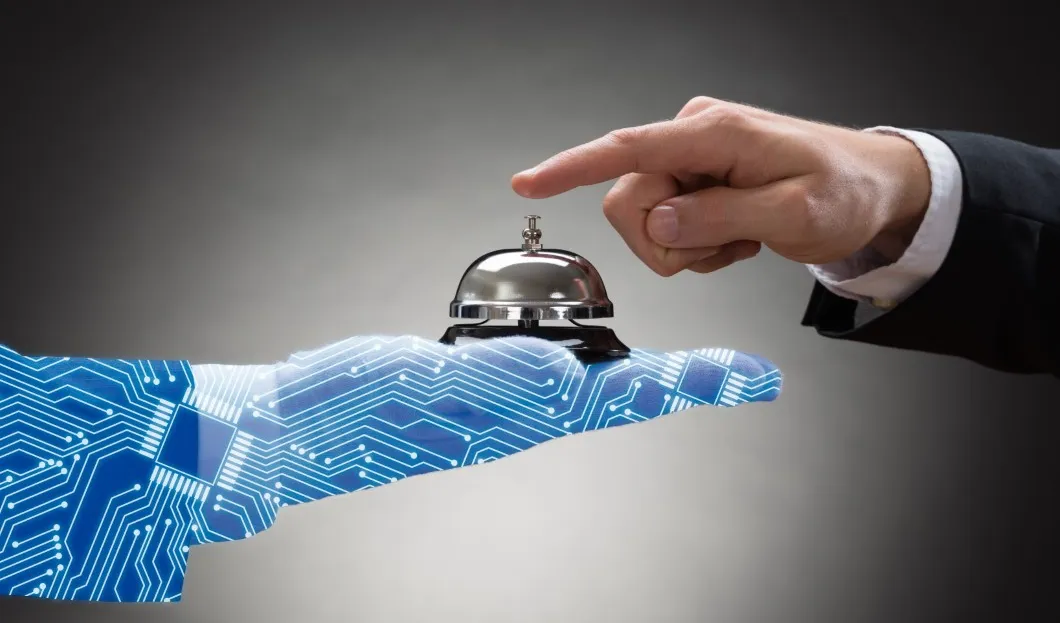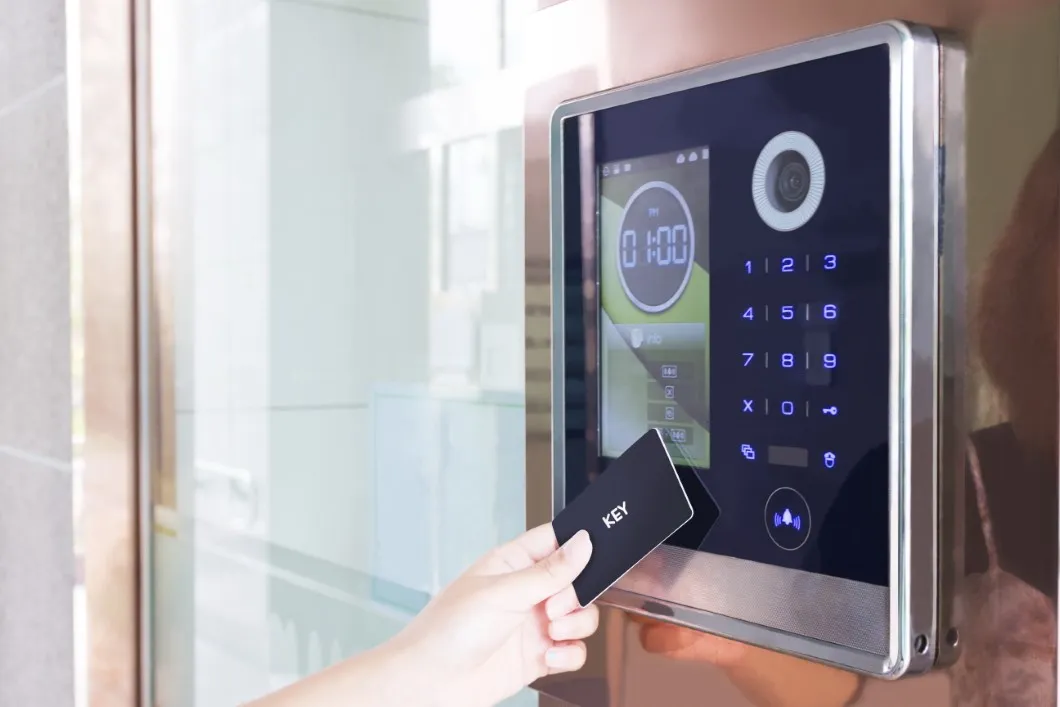
Contactless Systems Will Reign When Travel Resumes
A new year is around the corner, a COVID-19 vaccine is on the verge of mass distribution, and the world waits in anticipation for life beyond the global pandemic. After nearly a year of closures, lockdowns, reopening, and a return of lockdowns, every industry is ready to get back to business. From an economic standpoint, one industry taking big hits from the pandemic is the service industry, and businesses within this sector, such as restaurants and hotels, understandably have a lot at stake with getting back to normal.
During the early months of the pandemic, the Global Business Travel Association (GBTA) reported that 98 percent of its member companies had canceled nearly all international business trips, and 92 percent canceled all domestic travel. The GBTA further reported that traditionally, more than 445 million business trips occur each year, valued at $345 billion annually for travel and meeting expenditures. As travelers start to venture out again, a reasonable level of concern will still be placed on safety. Travel will resume but will not likely be the free-spirited experience of the past.
The New Normal Defined
The term "new normal" has been used for a while, and it is time to be defined. The new normal means moving into contactless service structures within the service industry. Travel will most likely be one of the first activities people return to. Many have canceled vacations, family gatherings, business trips, and more due to COVID-19. Returning to traveling – driven by overwhelming feelings of yearlong cabin fever – will likely drive the travel industry through the roof.
Even with COVID in the rearview mirror and vaccines on their way to creating herd immunity, many people will still be conscious of safety, cleanliness and slowly getting comfortable with human interaction outside their immediate family circles. As people start traveling again, one thing they should look for is how businesses are implementing new technologies to make customers and travelers feel as safe as possible. Of the many new technologies, those that support and enable contactless service will be top-of-mind for travelers.
To meet the demand for a contactless guest service experience at hotels, Go Moment, an artificial intelligence (AI) technology platform backed by Google, introduced Ivy, the world's largest AI-powered smart concierge, and end-to-end guest engagement platform. To date, Ivy has elevated the contactless experience of millions of hotel guests. Ivy acts as a personal (digital) assistant and concierge that communicates directly with hotel guests through a text messaging platform. Ivy's AI allows the hotel staff to interact with hotel guests in real-time answering questions about the property, facilitates requests such as having additional room amenities delivered outside the door and can assist with restaurant reservations, spa appointments, promotions, rewards, and other revenue-enhancing services.

A similar circumstance has occurred in the restaurant industry, where more and more restaurants are turning to contact-free dining to eliminate interactions between staff and customers and any potential risk of spreading the virus. After the pandemic, restaurant-goers will crave the social aspect of dining out, but many will still be hesitant. To get customers back in the dining room, many restaurants are turning to companies, like BellyMelly, to implement contactless dine-in ordering and payment through QR codes. By applying this technology to its operations, restaurant owners are providing a safer, germ-free environment for staff and customers.
Other companies are utilizing DRV (direct response video code) readers like Scanit to amplify traditional QR technology, creating an entirely new way to offer contactless experiences. Scanit’s technology works similarly to a traditional QR code reader, focusing on print mediums. However, in addition to QR codes, it can also be used to scan DRV codes, which are found in digital media, like TV commercials, websites, digital signage, or point-of-sale terminals like drive-thrus. Combined with its ability to read these codes up to 60 feet away, Scanit offers businesses the opportunity to expand their reach to consumers safely and conveniently significantly.
The silver lining is that the COVID-19 pandemic that has invaded all our lives will soon come to an end, and travelers will quickly get back "on the road." To meet the new demands inspired by the pandemic, the service industry will have to do everything they can to instill trust in them by demonstrating cleanliness, safety, and security. Contactless technologies like Ivy and BellyMelly will help as the industry regains footing and begins to welcome back guests from all over the world.










